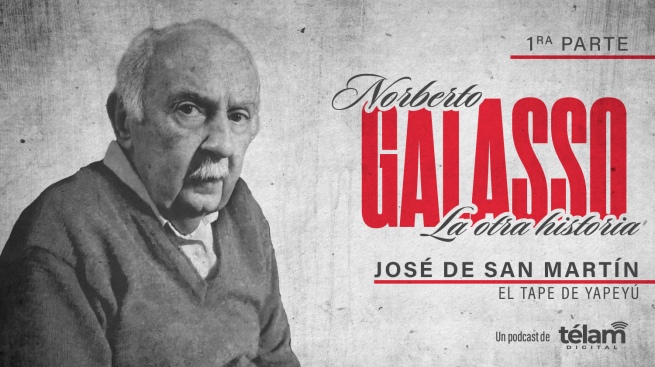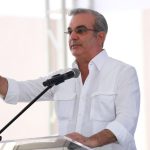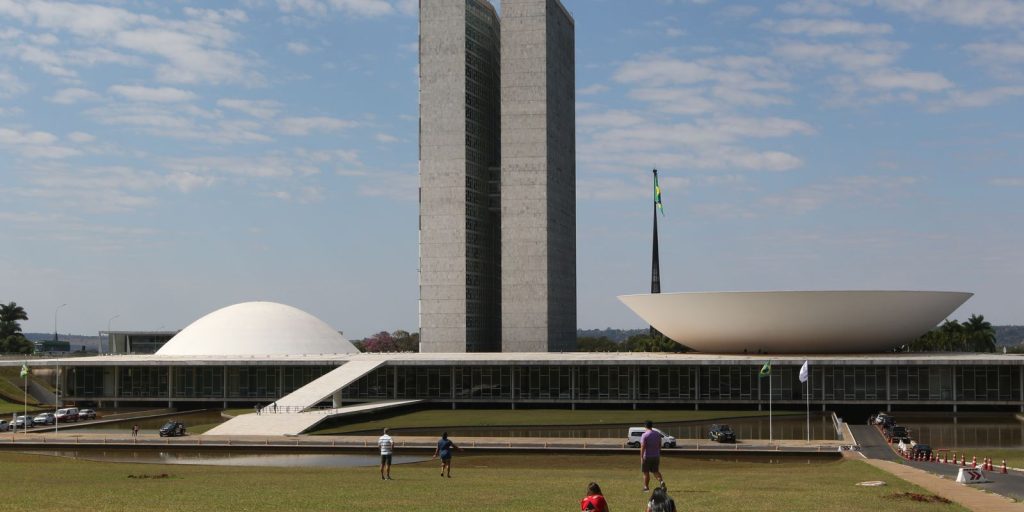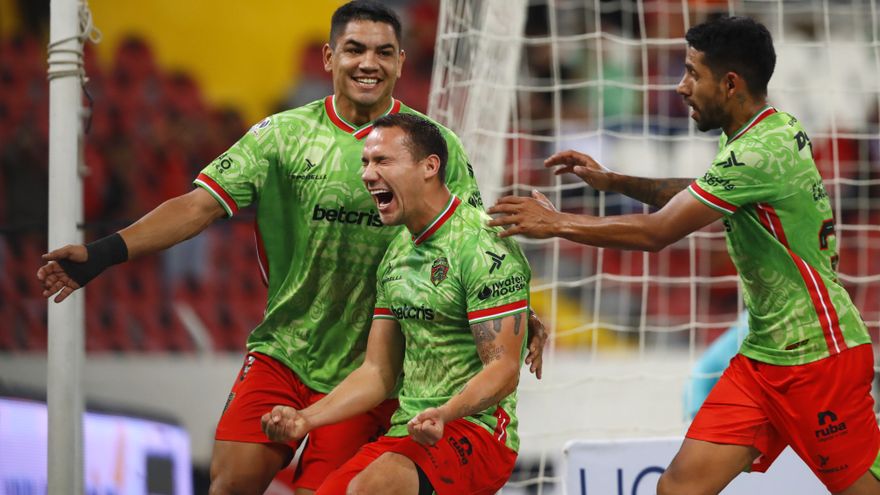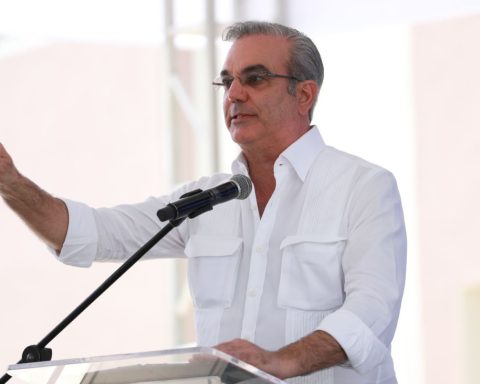Reviewing the life of José de San Martín is not an easy task. We could say, as if to encompass his figure, that he won the military battle against the Goths -that’s what he called the Spaniards “of the right” in life- and that, in a certain way, San Martín, already dead and deeply investigated, also beat him the battle to mitrist history. All the information we have requires us to have a vision of San Martín that is different from that of Bartolomé Mitre, who in the first pages of the liberator’s biography says that the May Revolution was carried out out of hatred for Spain. San Martín does not fit into this conception, because his whole life was impregnated with the time he lived in Spain.
Regarding its origins, about San Martín there is little information regarding his birth. He refers to February 25, 1777 -and not 1778- himself when he speaks of his birth, and indicates his age. It is difficult to specify in this regard because it is not known, because there is no faith of baptism, he was lost. At that time there was no birth certificate, but it was the Church that gave birth recognition.
That documentation does not exist, and it is curious when it does not exist because it is like what happens with the documentation of the birth of Juan Domingo Perón or of the birth of Evita -which deserves a thorough investigation-, that is why that idea has arisen, supported by some that San Martín actually it was Adoptive son of Gregoria Matorras and Juan de San Martín, and who was the out-of-wedlock son of Diego de Alvear.
The San Martin family had four children. The version indicates that Alvear had a relationship with a Guarani Indian, Rosa Guarú, with whom he had a son, and since he could not return to Buenos Aires with the child after having been in the mission area, he gave it to the family of San Martín so that they will take care of it. Thus José would become the fifth son of the family. This is what some hold very fervently.
Beyond the probability or not regarding its origin, what we do know is that San Martín spends his first years of life in a Guarani zone. During his childhood, due to the region in which he was raised, it is inevitable to imagine that if he went out to hunt birds or fish in the river -to mention some of the typical activities of childhood in those times- with some little Indian friends, he had to speak in Guarani And indeed some of that could be verified since it was recorded in history.
During the battle of San Lorenzo, in which Sergeant Cabral was killed, San Martín had one last conversation with Cabral prior to the fatal outcome. As mentioned by a priest who did the research on this fact in the convent of San Lorenzo, the initial information is given by San Martín in Guarani.
So, to summarize, San Martín was the son of Spaniards, and he will not leave for new destinations with his family until after spending four years in the area of the Guarani missions. Thus, San Martín was, above all, a Hispanic-American, that is, the son of Spaniards who spoke Spanish at home and it is assumed that when he went out into the street, in his early years, he was bilingual and knew Guarani.
After spending two years in Buenos Aires, where he never went to school, at the age of six he was taken to Spain. He does not go to the Seminary of Nobles in Madrid, because his father was not a nobleman. Spanish historians have published a book with contributions from 10 Spaniards following the history of San Martín in Spain, and it is known that San Martín studied in a common school. He “he fell”, as Mauricio Macri would say, in a state school in Malaga.
There they taught him Spanish history, geography from the Spanish point of view, he was instructed in Spanish literature and was, from the age of 6 to 33, under that influence.
Then, mitrista history cannot explain why a man who has such decisive influences in his training, which is accompanied by his successful battles in the Spanish army, which earned him promotion to cavalry lieutenant colonel, suddenly comes to the Río de la Silver to fight against the Spanish. Miter is based on this last fact, and only on it, to ensure that he was anti-Spanish.
The truth is San Martín never speaks ill of the Spaniardsalways speaks critically of the Goths, of the “banturrangos”, of the “bantuches”, the “bantuchos”.
María Rosa Oliver, in her recollections narrated in her book “Mundo mi casa”, says that her grandmother -who knew San Martín as “Uncle Pepe”, not as a great hero-, that Uncle Pepe was a Galician and spoke like Galician, and that he had ordinary customs. María Rosa’s grandmother said it because she used to go to eat in the kitchen with the servants of the Oliver house, or because she preferred to identify with the service personnel and not with the men of the oligarchy, as the Olivers were.
The truth is that the only explanation is that it is known that 18 Spanish officers came to Buenos Aires along with San Martín. Martiniano Chilavert came, who was Spanish; Alvear, who was also very influenced by the Hispanic. So, the only explanation is that San Martín, like Manuel Belgrano and other heroes, strongly influenced by the ideas of the French Revolution, integrates the Lodge of the Knights of Cádiz and comes to the Río de la Plata to continue the struggle for democracy, for freedom, for the fundamental principles of the French Revolution. Because Spain was experiencing the revolution that had begun in 1808 that Mitrism, when telling its version of history, does not take it into account at all.
This explains that San Martín clearly had the need to liberate all the American lands, which was the main figure of an army that crossed the Andes with a flag that was not Argentina, was the flag of the Army of the Andes: because a large part of the Army of the Andes were Chileans who had been defeated in the battle of Rancagua and they had been recruited in Cuyo by San Martín. He later became the Protector of Peru. Some are struck by how an Argentine is going to be the Protector of Peru. The answer is that San Martín was, above all, a Hispanic American.
